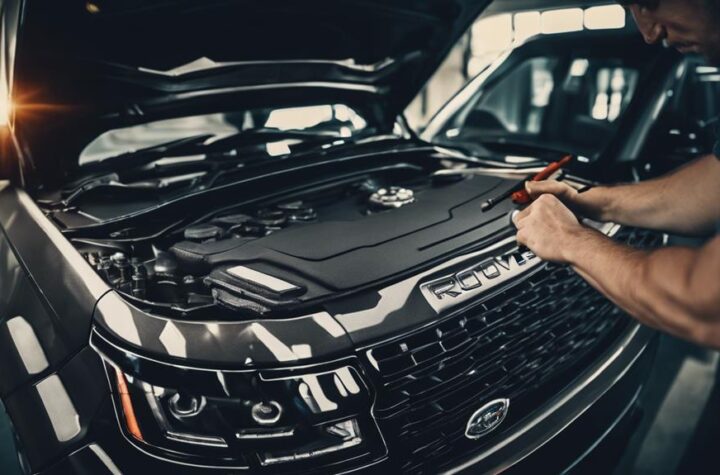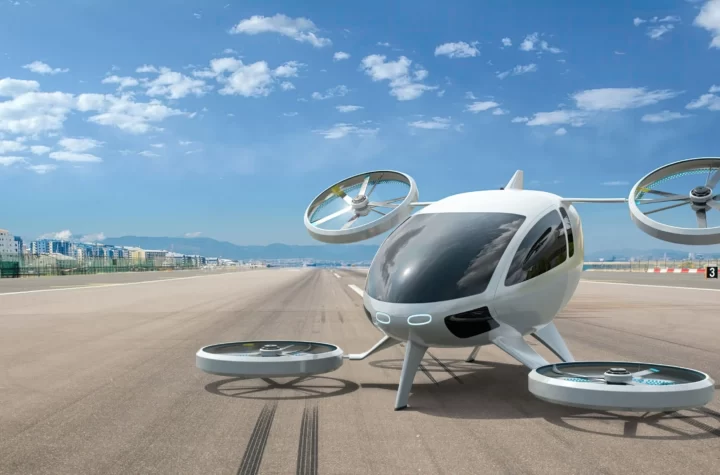Following the significant milestone of MOST150 having gone into series use in 2012, the next generation of MOST, MOST is taking shape. “With MOST150, the latest generation of MOST just started to roll off the production lines. It provides significant additions like seamless support of digital video transmission and a separate MOST Ethernet channel that is being used to transmit IP data independent from the quality of service audio and video transmissions within the vehicle,†says Dr. Christian Thiel, MOST Cooperation Administrator.
MOST Cooperation has already started work on identifying the requirements for the future network, he says. MOST is currently used in over 130 car models. The fifth MOST Forum on April 23, 2013 in Stuttgart/Esslingen (Germany) will give insight into technical aspects of MOST150, and those that are relevant for the next generation of MOST Technology. Henry Muyshondt, Technical Liaison of the MOST Cooperation, will guide the 2013 program. Presentations by POF Application Center, Sumitomo, TE Connectivity, Avago Technologies, Hamamatsu Photonics, and Relnetyx will introduce solutions and scenarios for the future MOST physical layer. The afternoon events will begin with a section on MOST Compliance and Quality Assurance presented by Ruetz System Solutions and Tektronix. This section will be followed by a deeper look into MOST network and system architecture by K2L. The Research Center for Information Technology (FZI), Daimler and SMSC will round up the conference program with further presentations on aspects of network and systems architecture such as advanced driver assistance systems (ADAS) and IP architecture, as well as an outlook into the MOST future. Amongst the exhibitors will be the MOST Cooperation itself, Agilent Technologies, AUDI AG, BMW Group, Daimler AG, Hamamatsu Photonics, K2L, Ruetz System Solutions, SMSC, Tektronix, Teledyne LeCroy, Telemotive, TTTech Automotive, Vector, and X2E. Several partners will again provide their knowledge and expertise to the MOST Forum. These include knowledge partner MOST Cooperation industry partner ZVEI (Electrical and Electronic Manufacturers’ Association) and media partner
Automotive Industries. Automotive Industries (AI) asked Dr. Christian Thiel, Administrator of the MOST Cooperation, to provide an overview of the impact that MOST is having on automotive electronic design.
Thiel: MOST Technology has become the de-facto standard in the automotive industry for transporting high-bandwidth audio, video, and control information between various vehicle subsystems. Its quality of service (QoS) makes it a prime transport for applications that stream content to provide consumers with high-quality information, video, and sound. Designed by the automotive industry, MOST provides a way to decouple automotive product lifecycles from consumer product lifecycles. The technology makes it possible to build major technological advances into the automotive system even as they evolve, while relegating specific and rapidly changing consumer interfaces to gateways attached to the vehicle backbone. The MOST standard ensures that the backbone is built to withstand the harsh environmental and electromagnetic conditions in the car, and that changes in the pipeline that moves audio, video and data around are under the control of the automaker. The less robust consumer technologies can then be properly integrated into this environment with more specialized interface products. MOST provides a flexible and upgradable network that forms a stable, robust backbone to easily and seamlessly integrate upcoming applications. For example, there is more and more focus on a growing number of IP-based applications. The requirements are driven by applications such as fast software updates of the different control devices, fast media access to onboard mass storage systems (HDD/SSD), mobile with USB connected consumer electronics devices and WLAN or LTE connected car-to-x applications. On the other hand, for driver assistance camera systems, the low-delay transfer of video data is required, which additionally presumes high transfer rates. Consequently, the MOST network concept is inherently scalable and extendable with respect to speed; the amount and characteristics of the data channels and application-specific interfaces are chosen appropriately.
AI: Who should be attending the conference?
Thiel: Anyone associated with automotive networking aspects will benefit from attending. The objective of the MOST Forum is to bring together top professionals from the automotive electronics industry, both from car makers but also from Tier suppliers and academia to exchange knowledge and experience of recent work on systems, circuits, technologies, processes and applications, as well as outlooks on future trends. The event provides a platform for a broad audience, ranging from researchers, designers, engineers, system developers, to purchasers and journalists, and to the managers of the industries involved.
AI: What are the benefits of attending, given that the presentations are available online?
Thiel: Going beyond one-way presentations, the event provides a networking forum for professionals to exchange their ideas and learn about further and new solutions and trends. There will be up to 20 exhibitors, and experts will be available for discussion and to set up new business partnerships. In addition, several of the latest car models will be there to allow attendees to experience implemented multimedia applications based on MOST.
AI: What is the schedule for MOST150 being rolled out by OEMs?
Thiel: The rollout of MOST150 has just been started in the new Audi A3. The first Mercedes Benz car model to implement it will be the S-Class vehicles. Following this, the technology will roll out successively through other car models of the two groups. Further carmakers in Europe and Asia will also set on MOST150 for their upcoming car models.
AI: When will designers and engineers be able to start incorporating the next generation of MOST into their systems?
Thiel: The lead time for a new network usually is between six and eight years. Work on MOST next Generation has just started a while ago and targets cars on the road in the 2018 time frame. In MOST Cooperation working groups, suppliers and carmakers are converting requirements provided by the auto makers into specifications. At this stage all parameters have to be examined for feasibility and defined. As soon as the specifications are released by the MOST Cooperation, suppliers will provide corresponding products and carmakers will begin their implementation processes.
AI: What are the current focus areas of MOST?
Thiel: Along with information features such as navigation systems, traffic information, and function warnings, the number of vehicles with driver assistance (ADAS) functions like camera systems, distance controls, or lane departure warnings will rapidly increase. Consequently, the need for the seamless integration of infotainment and driver assistance becomes evident. For driver assist and infotainment systems to work together seamlessly, special requirements at the network level are necessary. These prerequisites are characterized by high integration of a multichannel network; hard real-time, determinism and low latency; flexible topology; high bandwidth; safety aspects; as well as robustness and maturity. Consequently, a multi-channel network like MOST with inherent synchronicity is very advantageous. Further advantages such as maturity, cost efficiency and flexible topology are additional arguments for MOST Technology. A related topic is packet and stream transmission, which are both available on separate channels through the MOST network. MOST150 enables IP data communication, providing an automotive-ready Ethernet channel according to IEEE 802.3 with freely configurable bandwidth from 0 to nearly 150 Mbit/s. But the quality of service audio and video channels continue to be available in parallel. A separate real-time control channel is also available. Thus there is no need to force all data into a particular format to fit a single transmission protocol. MOST transports different types of data in parallel and independent data channels that provide mechanisms that are optimized for the specific characteristics of the data to be transported. The Ethernet channel can take standard Ethernet packets without any special processing by the higher levels of the Ethernet network management stacks, and send them over the MOST network.
In this way, MOST is open to a broad variety of IP protocol based applications, including the seamless integration of wireless mobile devices or car-to-car and car-to-infrastructure communication. The whole automotive network management infrastructure currently in place can be leveraged when adding Ethernet capabilities to the vehicle. Complete tool chains geared for automotive development and manufacturing systems already exist and are ready to add Ethernet capabilities to the current set of MOST functions. MOST includes all the software layers needed for the car industry and does not require new automotive network management stacks. From a technical perspective, there is no need to argue what kind of infrastructure the vehicle needs. Both packet and stream transmissions can be accommodated and the designer can take advantage of the best solutions to his problems. MOST provides a single physical layer that supports the advantages that each technology brings to the vehicle.














































 First expo and conference to focus on car body manufacturing
First expo and conference to focus on car body manufacturing


